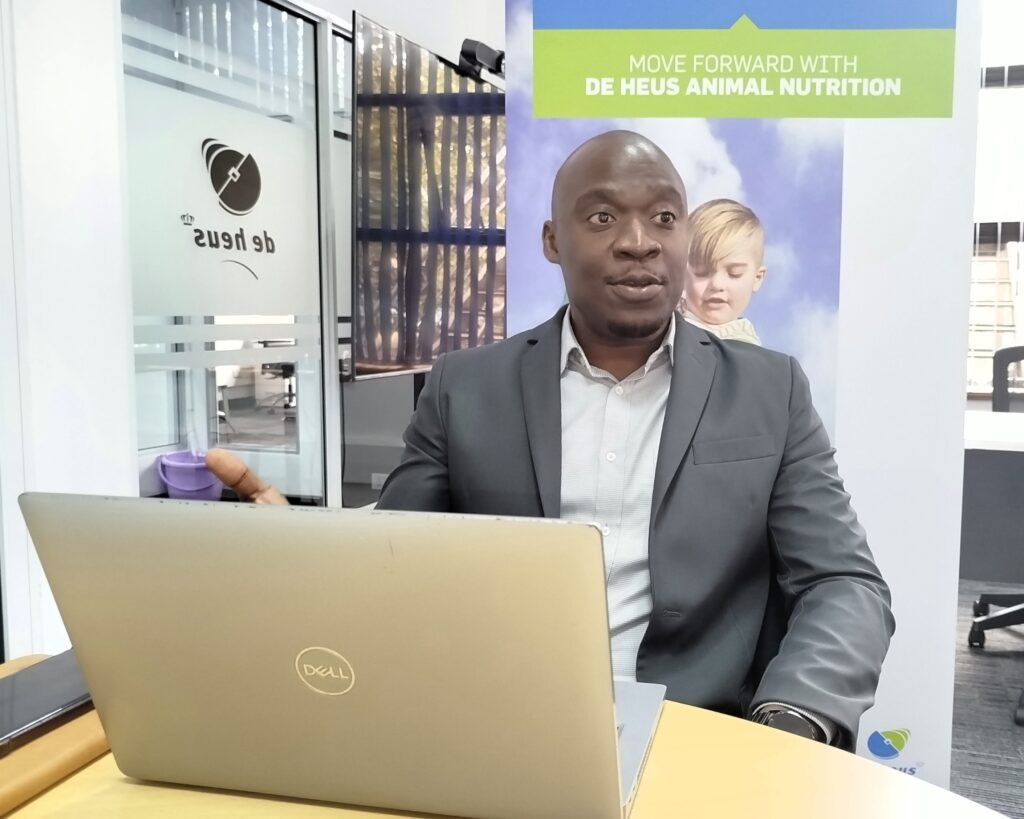De Heus Animal Nutrition Kenya, which is currently building a Sh3 billion factory in Athi River, Machakos County, is targeting a 3.5 per cent market growth in Kenya by the end of 2024.
With a 2 per cent market share across the poultry, swine and ruminant segments, the company has set its eyes on the poultry sector to deliver on this growth ahead of the planned completion and commissioning of the feeds manufacturing plant in the second half of 2025.
Currently constituting 60 per cent of the business, data by De Heus Kenya indicates that Kenyans consume on average about 1.26 kilogrammes (KG) per capita of broiler chicken. Egg consumption stands at 36 eggs, or 2.6 KG per capita, per year. This translates to a sizeable demand for broiler and layer feed per year for the estimated 43.2 million to 49.7 million poultry population in the country respectively.
“We are witnessing a high demand and growth in poultry products including meat and eggs. Similarly, we know that poultry farming is on the rise given the number of blue-collar Kenyans who are venturing into chicken rearing in the peri-urban and rural areas, commonly referred to as side hustles”, said Sam Ochieng the Chief Financial Officer.
In an interview, Ochieng explained that the firm’s projections indicate a potential 15 per cent jump in market share by 2027, two years after commissioning of the plant which will have an annual production capacity of 200,000 metric tonnes (MT), catering to the needs of the poultry, swine and dairy farming sectors.
De Heus Kenya is currently pushing its market entry through a network of local distributors with a focus on Central, Rift Valley, Western and Coastal regions of Kenya. Using the ‘On the Farm’ approach De Heus Kenya hopes to personalise how farm management and animal nutrition services are delivered to farmers in addressing their most pressing needs.
“The biggest opportunity for De Heus Kenya is to fill the huge market gap in the production, provision and availability of quality animal feed in Kenya leading to higher yields, more sustainable farming practises and positive impact on farming communities”, he said.
According to Ochieng, this will however depend on availability and access to raw materials whose pricing has a direct effect on commodity and product pricing. A major raw material for animal feeds is Soya-bean which the firm shall be importing from Zambia, India and Uganda.
Others such as maize seed, sunflower cake and plant forage will be sourced locally through farmer consolidation and aggregation models and which have proven successful in other countries. This approach allows for easy farmer and raw material identification for capacity, consistent and quality supply working with central storage facilities and production schedules for efficiency.
According to Ochieng, the goal is to have 100 per cent local sourcing of raw materials in time. The firm he said is already exploring partnerships and collaborations within the public and private sectors to structure beneficial arrangements in key value chains such as finance and agribusiness, looking at farmer development and capacity enhancement gaps that De Heus can help fill for mutual benefits across the board.


